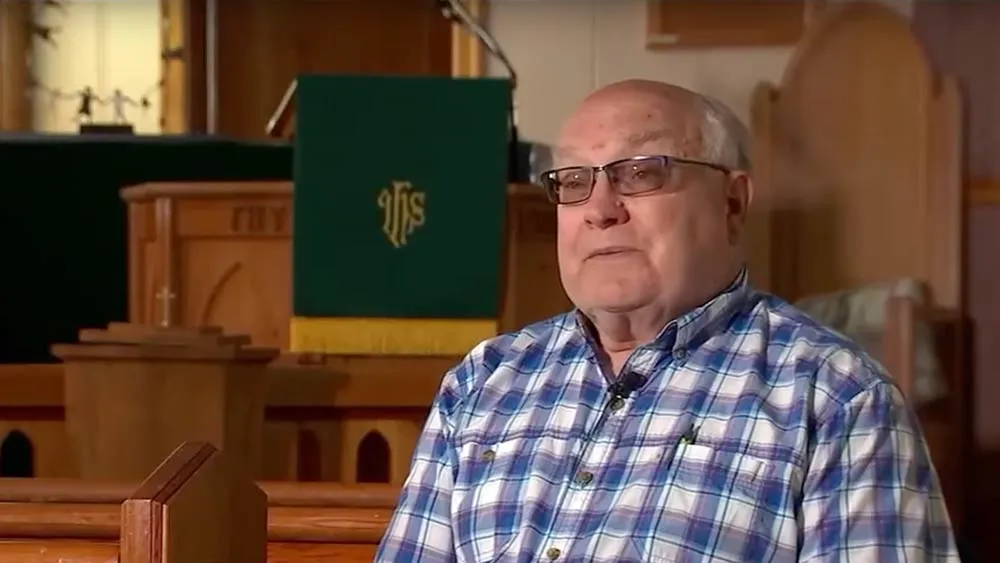December 1, 2017
Ending the HIV/AIDS Epidemic by 2020
READ TIME: 4 MIN.
Ending the Epidemic (ETE) by 2020 -- it's a goal within our reach, but significant work remains if we are to succeed. We must double down on existing efforts and implement strategies that are proven to be effective.
This is a critical juncture, and we must leverage every opportunity to prevent HIV transmission, keep people living with HIV healthy, address social factors that undermine public health, and invest in improving care systems for people living with HIV. Amida Care, an NYC nonprofit health care provider, shares tips on improving care systems.
Being engaged in treatment and care is essential for people living with HIV to become virally suppressed. We must invest in viral load suppression (VLS) as a critical tool to give people living with HIV the chance to live longer, healthier lives and to prevent HIV transmission. Heath care experts, including the Centers for Disease Control (CDC), agree that a person with HIV who has an undetectable viral load cannot transmit the virus to others. We now know that undetectable equals untransmittable (U=U).
�
Providing incentives to Medicaid patients who achieve and sustain viral load suppression could help more people living with HIV to become virally suppressed. This approach is in line with the ETE Blueprint recommendation that promotes incentives as a means of fostering and achieving VLS. Medicaid Managed Care plans are encouraged to provide non-cash incentives that could be used in this way.
Increasing VLS in this population would also maximize the effectiveness of $2.1 billion New York State Medicaid spends on�HIV�care. Approximately $750 million -- one third -- of that funding�pays for antiretroviral treatment. However, New York State is not fully realizing the clinical outcomes and benefits of the $187 million in antiretroviral treatment costs for the 25 percent of HIV-positive Medicaid recipients who are not virally suppressed.
HIV Quality Metrics
The New York State Department of Health should�enhance�HIV�quality measures and reporting requirements, as this would provide a critical opportunity for New York State to track and assess trends in outcome metrics through health plans. Enhancing quality measures and reporting requirements would also ensure maximum value for the more than $2.1 billion in annual Medicaid spending for HIV care and services. New HIV quality measures would also help address HIV health disparities and advance our progress towards ending the New York State AIDS epidemic by 2020.
New York State 2015 HIV surveillance data reveals service gaps in the HIV care continuum, as evidenced by a statewide viral suppression rate of only 67 percent (far short of our ETE target of 85 percent). The following measures would have a big impact:
NYS AIDS Institute Value Based Payment Fund
Amida Care�supports the creation of a $20 million fund within the New York State AIDS Institute for HIV providers to invest in the uptake of Value Based Payment (VBP) arrangements. Community-based primary care and supportive service providers are critical to efforts to innovate and achieve the state's ETE goals. These providers are experts in engaging underserved populations in care and providing culturally and linguistically appropriate services that help to sustain that care. There is a precedent for such a fund in New York State: in 2017, the New York State Office of Mental Health invested $60 million in behavioral health VBP readiness. Funds from this program will assist behavioral health providers to prepare for the transition to VBP.
For more information, visit https://www.amidacareny.org/


